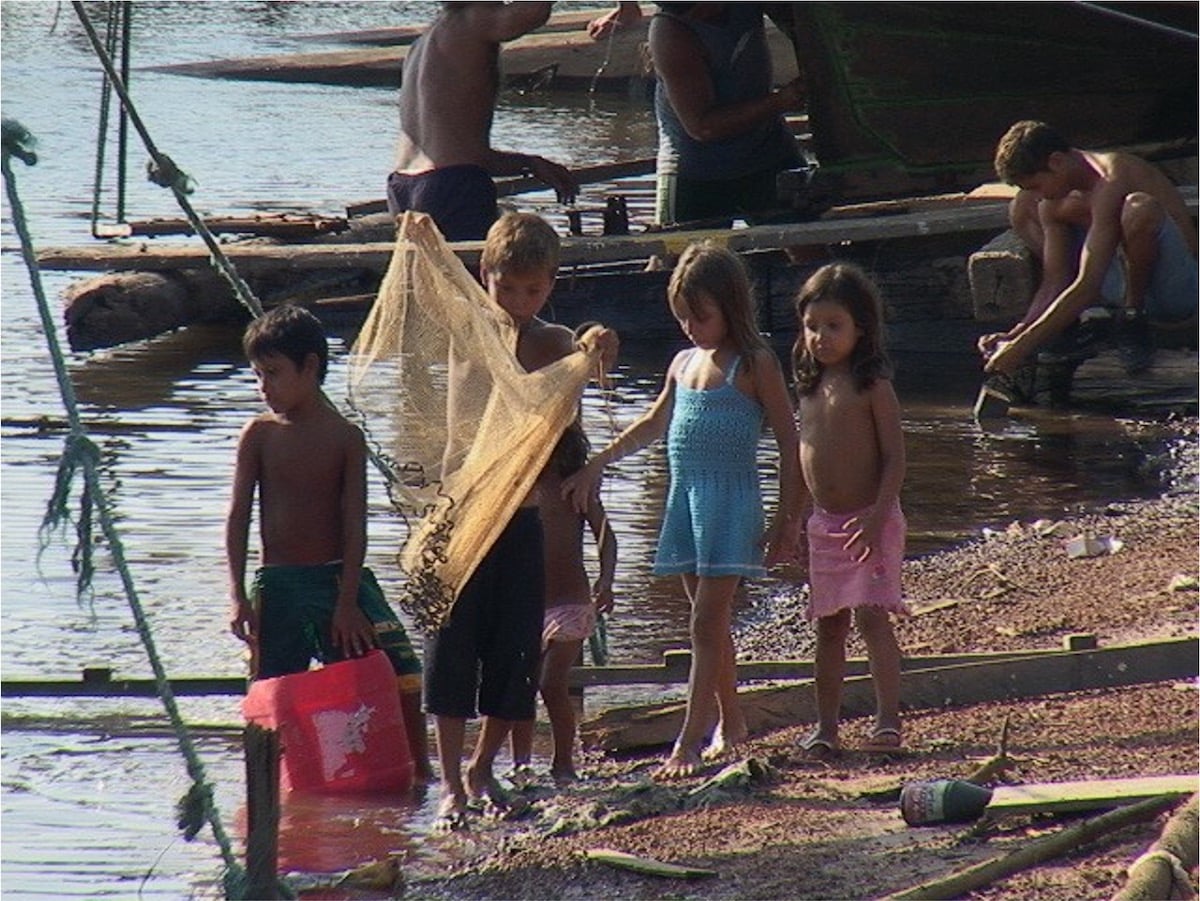Brazil and its street children – understanding the needs of street children

Key takeaways
- Determining which children are in vulnerable situations and need assistance requires identifying the risk factors that they face.
- Helping street children involves bolstering protective factors that can reduce the impacts of the risks.
- Effective interventions to help at-risk children must be practical and flexible to their different needs, and should involve people, institutions, and systems that care about and support them.
Research on Brazil’s street children needs to meet the children where they are
What is one simple thing street children would like to improve their lives? When we asked street children in Brazil, we wondered if they would talk about iPhones, new clothes, or sneakers. But the children did not focus on material things. Many asked for “somewhere I can put my stuff.” Others requested “a place that’s my own, hidden from the world.” They were searching for privacy, because when you live on the streets, everything is public.
Sometime later, my friend, the director of a Brazilian children’s shelter, sought my advice. “We can’t keep the children off the street. They come and they are gone. We can’t keep them safe when they don’t come back every night. What can I do?” My suggestion was to give each child a locker and a key. “You can keep spare keys in the office, but promise me you will not search inside those lockers,” I advised.
We know from developmental psychology that every child needs someone who really cares about them.
A month later I returned. “Are you a magician?” my friend laughed. The children were coming back at night to stay at the shelter. Later, we learned what they were storing on those shelves. Just simple things: Some shampoo, pieces of paper, a document. Having a little privacy, in the form of a tiny locker, made all the difference to where the children spent the night.
This example highlights why, for more than 30 years, our teams of researchers studying Brazil’s street children have focused on leaving our ivory towers. We must understand the lives of street children to identify interventions that genuinely support their development. In the vast academic learning about child development, we must find what is relevant to their lives and translate this combined, well-evidenced understanding into effective, practical interventions.
Defining street children
We studied children of all ages in Brazilian urban areas. In our work, we have learned a lot – about terminology, children’s needs, and impactful interventions – thanks to our research teams, many collaborators, and mentors. First, we realized that conventional definitions of street children were at best inadequate and often wrong. They tended to focus on key activities, such as begging or wiping windshields, where children slept, or their family ties. But these definitions did not fit well and they did not inform effective interventions.
We seldom found children who had completely lost contact with family. Sleeping locations also blurred the picture: Some lived at home and worked on the streets, occasionally sleeping there. Others periodically slept on the streets for weeks but then returned home.

Photo provided by the author.
Instead, we categorize children around the risks they face (e.g., contact with gangs, use of drugs, sexual exploitation) and the programs and people available to protect them (e.g., school attendance, supportive social networks, contact with caring adults). Through this approach, we draw on what is known about the impacts of exposing vulnerable children to developmental risks.
We also shine a light on factors that already exist to protect them. This helps us identify actions tailored to each child, based on well-evidenced knowledge. It means that in our work, we combine the insights of rigorous developmental science with in-depth understanding of street children’s lives.
Find one person who really cares about the child
We know from developmental psychology that every child needs someone who really cares about them. But what does that mean for street children? Most do have relationships with family members. But many of those relationships have big problems, including abusive behavior. These children know that their home is not a place to be all the time.
School attachment is a very important protective factor, particularly for youth in their early teens, for both girls and boys.
They are also smart. They understand how to find people who can take care of them. We have found many people in institutions and shelters who recognize this central childhood need and will be a protective, constant role in children’s lives. It is important to build on these opportunities for children.
School is vital in this respect. In our research, school attachment is a very important protective factor, particularly for youth in their early teens, for both girls and boys. This finding highlights the crucial role that schools can play, but they must be ready to embrace these children.
Street children want to go to school
Some people say street children do not want to go to school or learn. That is not true. It is not easy for them. They do not have someone who wakes them every morning to go to school. They lack paper, notebooks, and pencils, as well as a place to keep school supplies for the next day.
In addition, street children can face prejudice from other students and teachers. Surviving on the street requires constant vigilance to potential dangers, so maintaining self-discipline and concentration at school can be difficult. But given the chance, most street children we have met love school. They want to go. But they need an open school, not a place where they have to arrive at exactly 8 a.m. The school has to be flexible and welcoming: Maybe they get there at 9. There should be some breakfast for them.
We have also learned about psychological interventions that support children who have experienced trauma. For example, we know that group therapy can be highly effective, especially for girls who have experienced sexual exploitation, but it is less helpful for boys, who may be less able to confide to groups and may need more one-to-one approaches.
In conclusion – doing good, but accidentally doing harm
Finally, we have found that services and institutions that strive to bring children off the street sometimes unintentionally achieve the opposite. Some children told us that, to access care institutions and services, they had to “pretend” they were street children, giving that identity a high status. Instead of slowing the migration of children to the street, these institutions were actually propelling children to street life. We had to go to the directors of these institutions and advise them to change their approach.
And they did. They introduced more rules and expectations around what the children should be doing, such as attending certain programs and bringing a responsible adult with them, so they did not just come in for new clothes and disappear again. They were genuinely off the streets.
Perhaps one of the most important lessons we have learned from our innovative approach is that traditional research techniques, which usually have academics observing and then walking away with their findings, are not ethical in this environment. We are always asking: “How can we learn from and inform practitioners? How can we contribute to the well-being of these children, right here, now, in front of us?” We must be wary never to exploit the misery of the many for our own personal academic advancement.
















Leave a comment